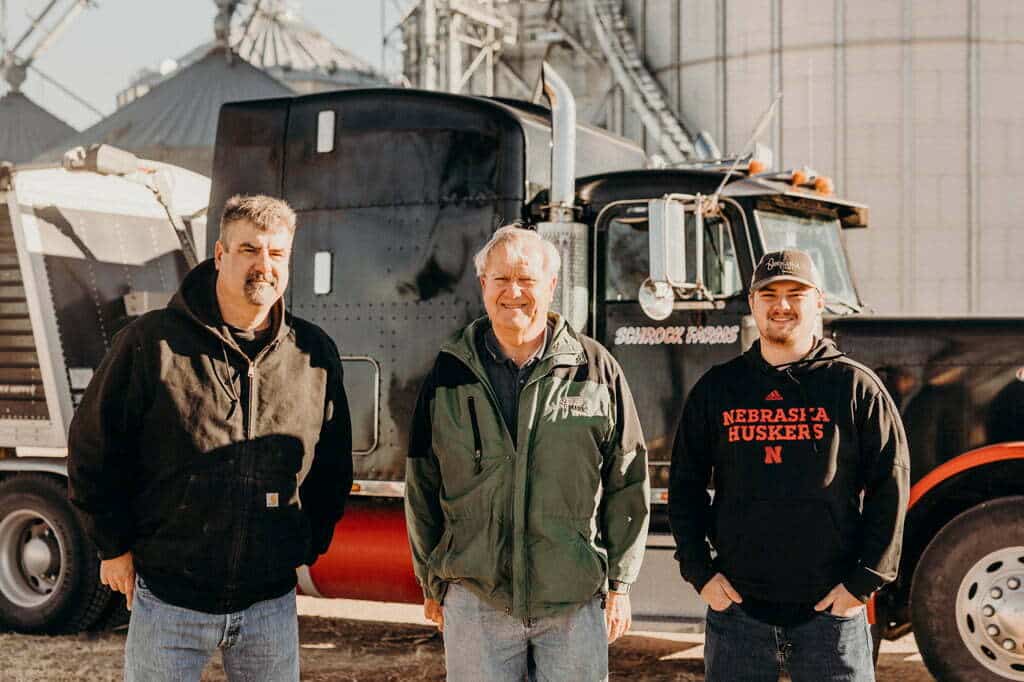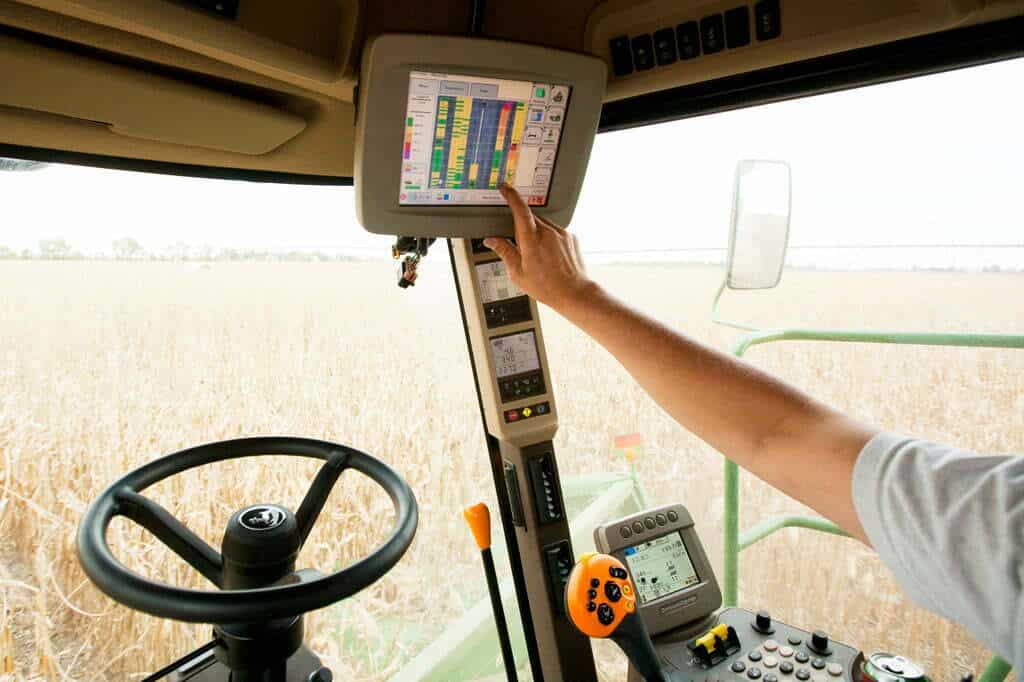Keeping Family Farms Thriving
Many people are surprised to learn that 97% of farms in Nebraska are family owned. That statistic flies in the face of those who believe that we’ve “lost” the traditional family farm to large corporate farming. Clearly, that is not the case. In fact, many of these Nebraska farms have been in the family for generations, having actually got their start as part of the Homestead Act of 1862. It’s not unusual to find Nebraska corn family farms that have been around for more than a century.
For a closer look at how these farms thrive in today’s environment, check out CornsTalk’s Fall 2015 article about family farms or explore the videos below.
With that kind of family tradition, it’s clear that Nebraska corn farmers are dedicated to preserving the land, protecting the environment, improving soil health, water quality and being good stewards of our natural resources. After all, land and water are the very foundation of agricultural production and the ability to continue a family tradition of farming for generations to come.
Growing More with Less
Through responsible stewardship, new genetics and improved management practices, Nebraska corn farmers are growing more corn with less – less fertilizer, less chemicals, less water, less land and less of an impact on the environment.
Sustaining agricultural innovation – an unwavering commitment to doing a better job in every row, on every acre, on every farm, every season. It’s how family corn farmers in Nebraska and the nation are ensuring the long-term viability of their industry and our natural resources.
Nebraska’s corn farmers – and their fellow corn farmers across the U.S. – continue to make significant advancements that have a direct impact on the sustainability of corn production and the natural, environmental and social systems that are connected to it.

Today’s Smart Farm
Farmers are among the first to adapt new technologies and innovation. Here are just a few of the advancements in smart farming technologies and management practices that Nebraska corn farmers are using to grow more with less:
- Precision agriculture that uses GPS technology and mapping to help farmers place seed, fertilizer and crop protection production in exactly the right place and in exactly the right amount.
- Mapping technologies that allow farmers to manage their crops down to the square inch, helping them target their crop inputs to the areas that need them most.
- Soil moisture monitors that help farmers know how much water their crop really needs.
- Soil testing to understand current nutrient levels and apply fertilizer on a “prescription” basis to match the needs of the soil and the crop in specific areas of the field.
- Variable-rate irrigation that controls the amount of water that is applied to specific sections of the field – applying more water in areas that need it, and no water in areas that don’t.
- Sensors that “read” the health of the plants to determine disease, stress or the need for fertilizer.
- Use of cover crops between harvest and planting to hold soil in place over the winter, improve soil health, reduce erosion, increase the ability of the soil to retain and store moisture, and add nutrients to soil – thus reducing the amount of fertilizer required.


